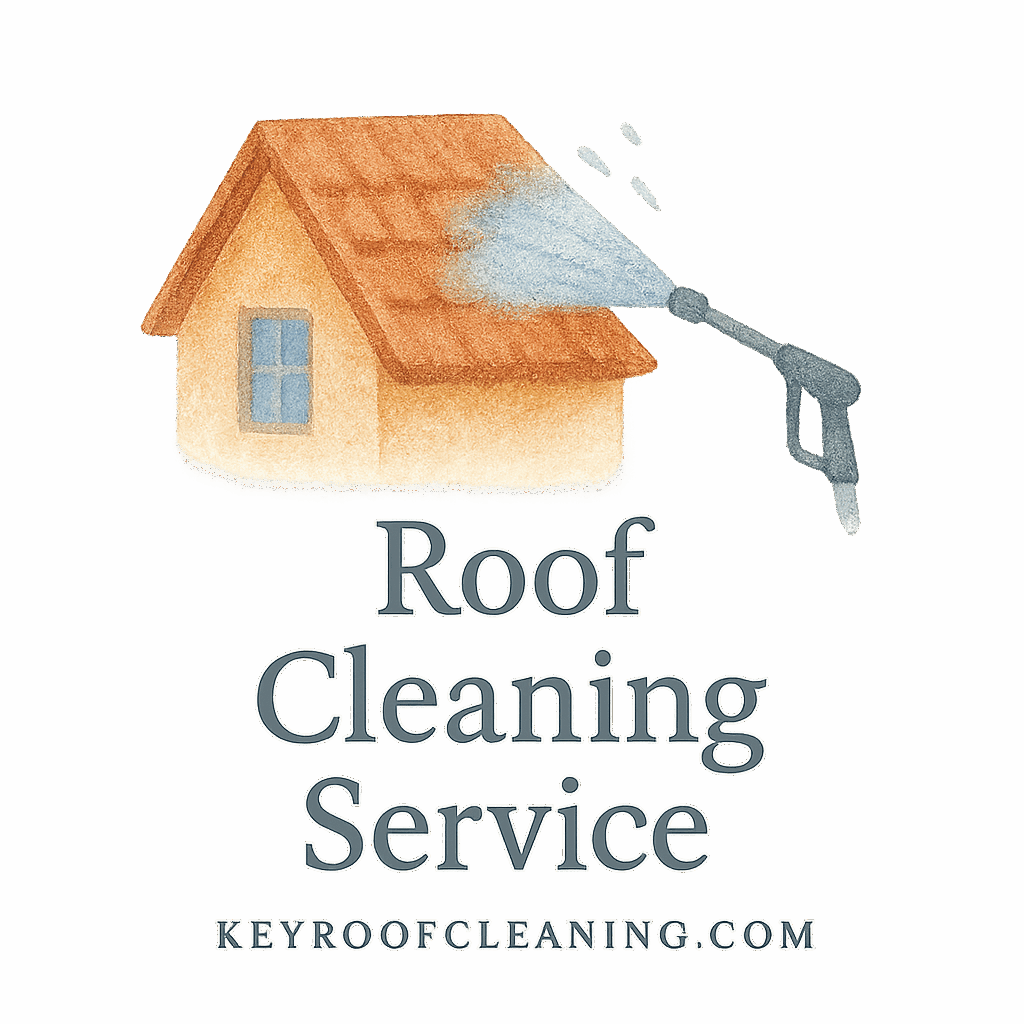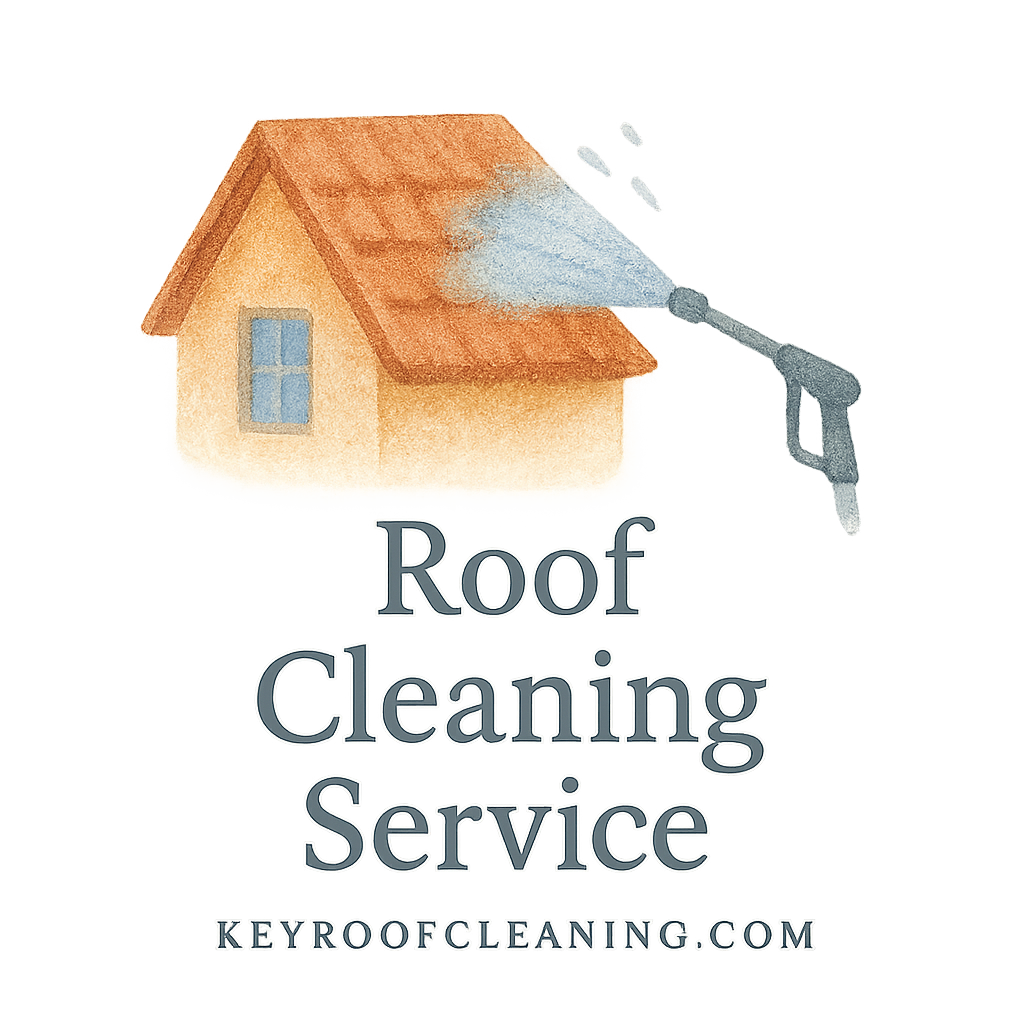Introduction
Roof cleaning might not be the most glamorous home maintenance task, but it’s a must if you want your roof to last and look great. And let’s be honest—we all want a house that screams “well-kept” and not “haunted mansion,” right?
Different roofing materials require different cleaning methods. What works wonders on a metal roof could ruin your delicate asphalt shingles. So today, we’re breaking down the top 10 do’s and don’ts of roof cleaning—based on the material type—to help you clean smarter, not harder.
Why Roof Cleaning Matters
Let’s face it—roofs take a beating from the elements. Over time, they collect dirt, algae, moss, and leaves, which not only look bad but can also shorten the life of your roof.
A clean roof:
- Increases curb appeal
- Improves energy efficiency
- Prevents long-term damage
Check out the Basics of Roof Cleaning if you’re new to all this. Trust me, it’s more important than you might think.
Understanding Different Roof Materials
Every roofing material has its quirks. Knowing yours is the first step in not making costly mistakes.
Asphalt Shingles
They’re the most common roofing type in the U.S. and also the most delicate. Pressure washing? A big no-no. Use soft washing techniques instead.
Metal Roofs
Durable, sleek, and a little more forgiving than shingles. But they can be slippery when wet—watch your step!
Tile Roofs
These include clay and concrete tiles. They’re beautiful and tough but can crack easily under too much pressure.
Learn more about Tile Roofs and how to handle them with care.
Wood Shakes
Gorgeous but high-maintenance. Mold and mildew love wood, so regular cleaning is crucial. Gentle, natural cleaning solutions are best here.
The 10 Do’s of Roof Cleaning
1. Do Know Your Roof Material
The number one rule: know what you’re working with. Cleaning methods that work for one material could destroy another.
For more on identifying your roof type, check out Roof Types and Materials.
2. Do Use Biodegradable Cleaning Solutions
Always go green when possible. Not just for the Earth—but for your garden, your pets, and your lungs!
Explore more on biodegradable and eco-friendly roof cleaning options.
3. Do Practice Ladder Safety
Falls are no joke. Always place your ladder on stable ground and follow ladder safety protocols.

4. Do Check the Weather Forecast
Rain can wash away your cleaner before it works. Wind? It makes climbing dangerous. Be smart—pick a calm, dry day.
5. Do Hire a Professional for Delicate Roofs
If your roof is fragile, steep, or high, just call in the pros. Professional services are worth it.
6. Do Use Proper Tools for the Job
Using a garden hose instead of a pressure washer can save your shingles. Don’t have the right tools? Check out this guide for recommendations.
7. Do Protect Landscaping and Gutters
Cover shrubs and flowers with a tarp, and check your gutters before and after cleaning.
8. Do Inspect Your Roof Regularly
Spot trouble early. Moss, black streaks, or debris? Time for a clean. Use this roof maintenance checklist to stay on track.
9. Do Follow an Eco-Friendly Approach
Cleaning doesn’t have to hurt the planet. Adopt green methods and embrace sustainability in home maintenance.
10. Do Wear Safety Gear
Gloves, goggles, and non-slip shoes are the bare minimum. Consider a harness for steep roofs.
Check out more OSHA guidelines on roof work safety.
The 10 Don’ts of Roof Cleaning
1. Don’t Use a Pressure Washer on Asphalt Shingles
This is a one-way ticket to damaged shingles and leaks. Stick with soft washing techniques.
For safe roof cleaning techniques, go soft and gentle.
2. Don’t Ignore Safety Protocols
It’s easy to get overconfident. Don’t skip on safety gear, ladders, or a second person to help.
3. Don’t Use Harsh Chemicals
Bleach may kill moss, but it also kills your lawn, eats away at flashing, and pollutes runoff water.
4. Don’t Clean During Wet or Windy Conditions
Slippery roofs are dangerous. Wind can knock over ladders and send tools flying. Not worth the risk.
5. Don’t Walk Too Much on Fragile Roofs
Especially on delicate roofs. One wrong step, and you’ve got a crack—or worse, a leak.
6. Don’t Forget to Rinse Properly
Leaving residue on your roof is like leaving shampoo in your hair. Rinse thoroughly after letting your cleaner sit.
7. Don’t Use Metal Scrapers
You might think you’re removing gunk, but you’re also removing granules or protective layers. Bad idea.
8. Don’t Skip Preventative Maintenance
A clean roof once a year isn’t enough. Moss and algae are persistent. Stay on top of it with maintenance tips.
9. Don’t Overlook the Importance of Experience
Just because it’s a DIY doesn’t mean it’s easy. If you’re unsure, look into hiring tips to find the right pro.
10. Don’t Leave Debris Behind
Twigs and leaves left behind can clog gutters and trap moisture. Clean them up to prevent bigger problems.
Final Thoughts
Roof cleaning isn’t just about looking good—it’s about protecting your home. Knowing the do’s and don’ts makes a huge difference, especially when you consider the unique needs of each roofing material.
Stick to soft, sustainable methods. Use biodegradable solutions. And when in doubt, hire someone who knows what they’re doing.
A clean roof is a happy roof—and a happy roof means fewer headaches down the line.
If you want more expert advice, dive into Key Roof Cleaning for all things related to roof safety, eco-cleaning, and more.
FAQs
1. Can I clean my roof myself, or should I always hire a pro?
It depends on your roof’s material, slope, and your comfort level with heights. If it’s delicate or steep, always hire a pro.
2. What’s the safest way to clean an asphalt shingle roof?
Use soft washing with eco-friendly, biodegradable cleaners. Avoid any pressure washing.
3. How often should I clean my roof?
Generally, once a year works for most homes. But if you live in a humid or tree-heavy area, you may need to clean it more often.
4. Are there any all-purpose roof cleaners that work for every type?
Not really. Each material has its own needs. It’s better to tailor your cleaner to your specific roof.
5. What is the best weather for cleaning a roof?
A calm, dry day with mild temperatures is ideal. Avoid cleaning right after rainfall or during windy weather.
6. Do roof cleaning solutions harm the environment?
They can—if they’re not biodegradable. Stick to eco-friendly and green options.
7. Why is roof cleaning linked to safety so often?
Because it involves heights, ladders, and slippery surfaces. It’s one of those tasks where a small mistake can have big consequences—so safety always comes first.


